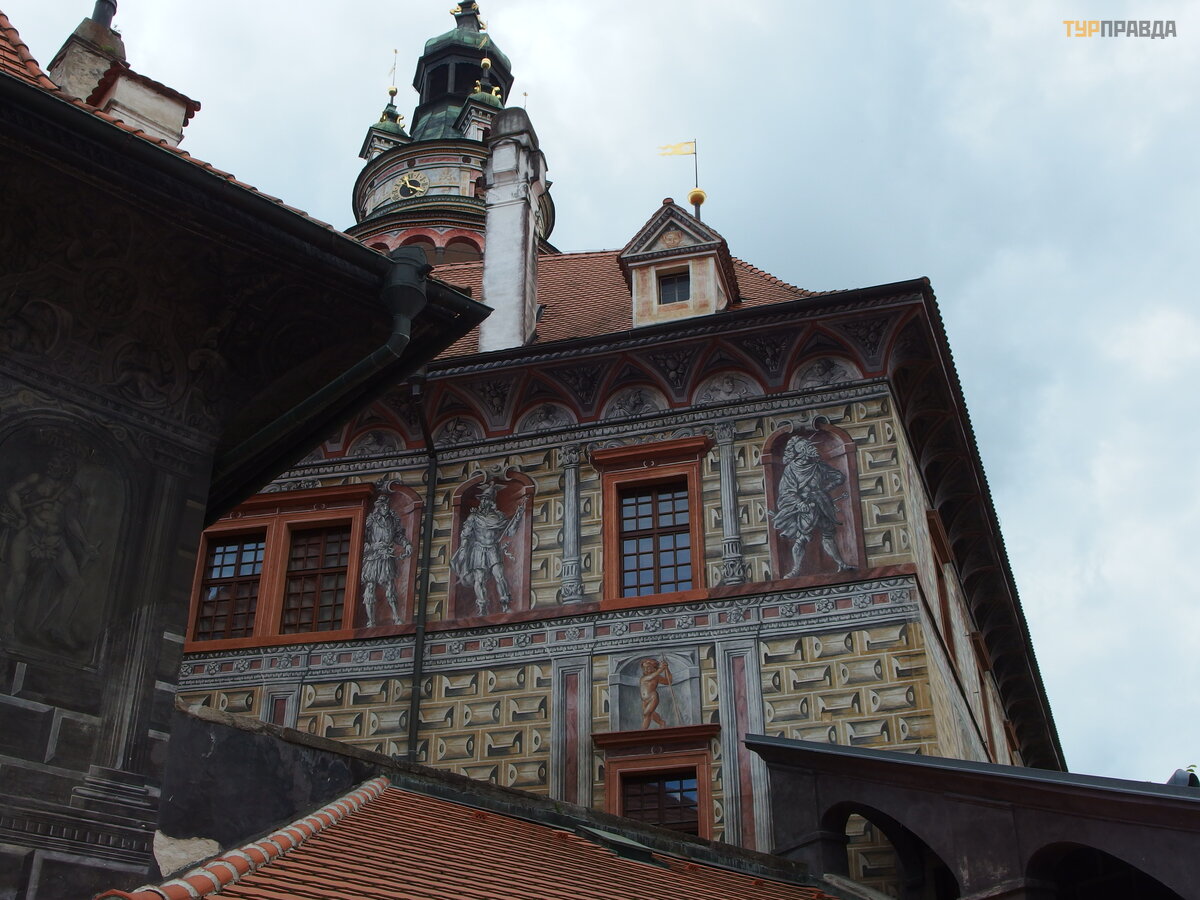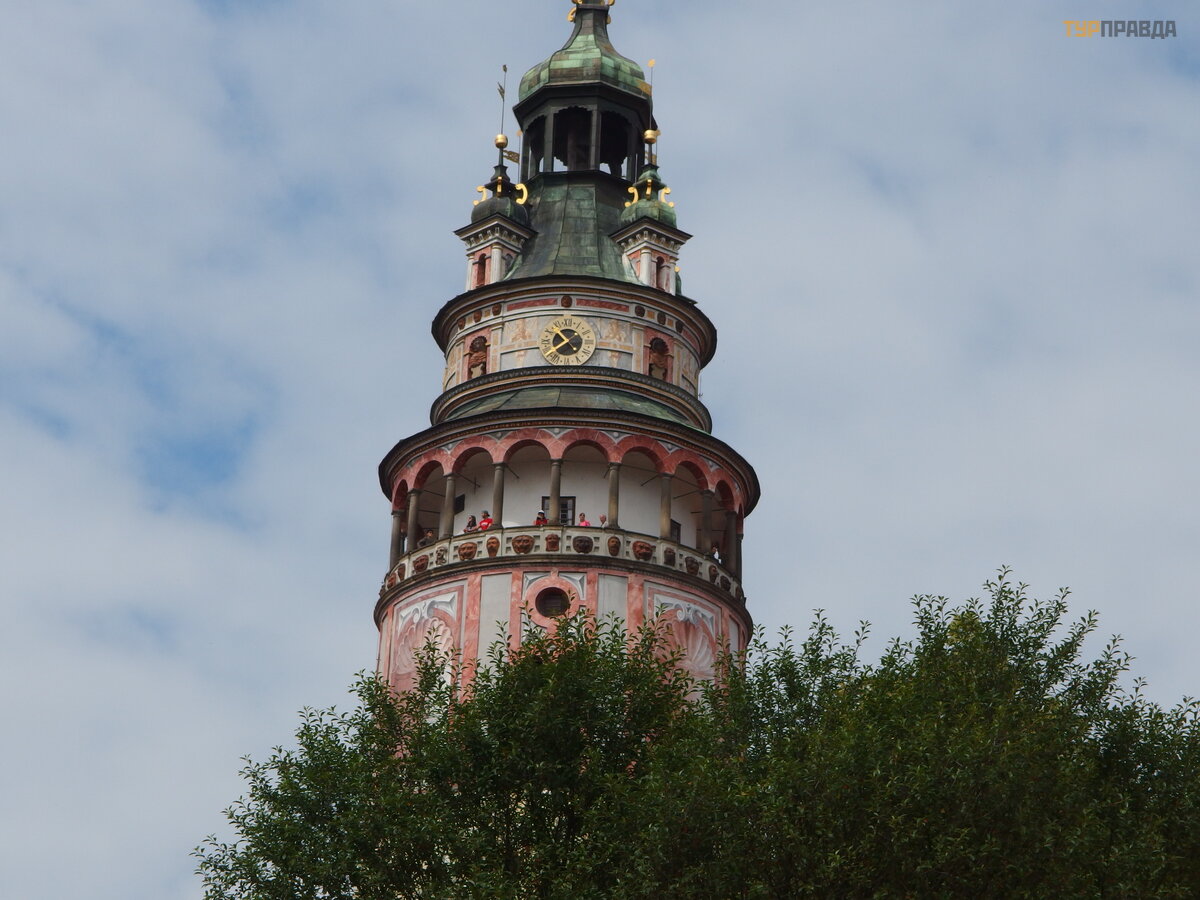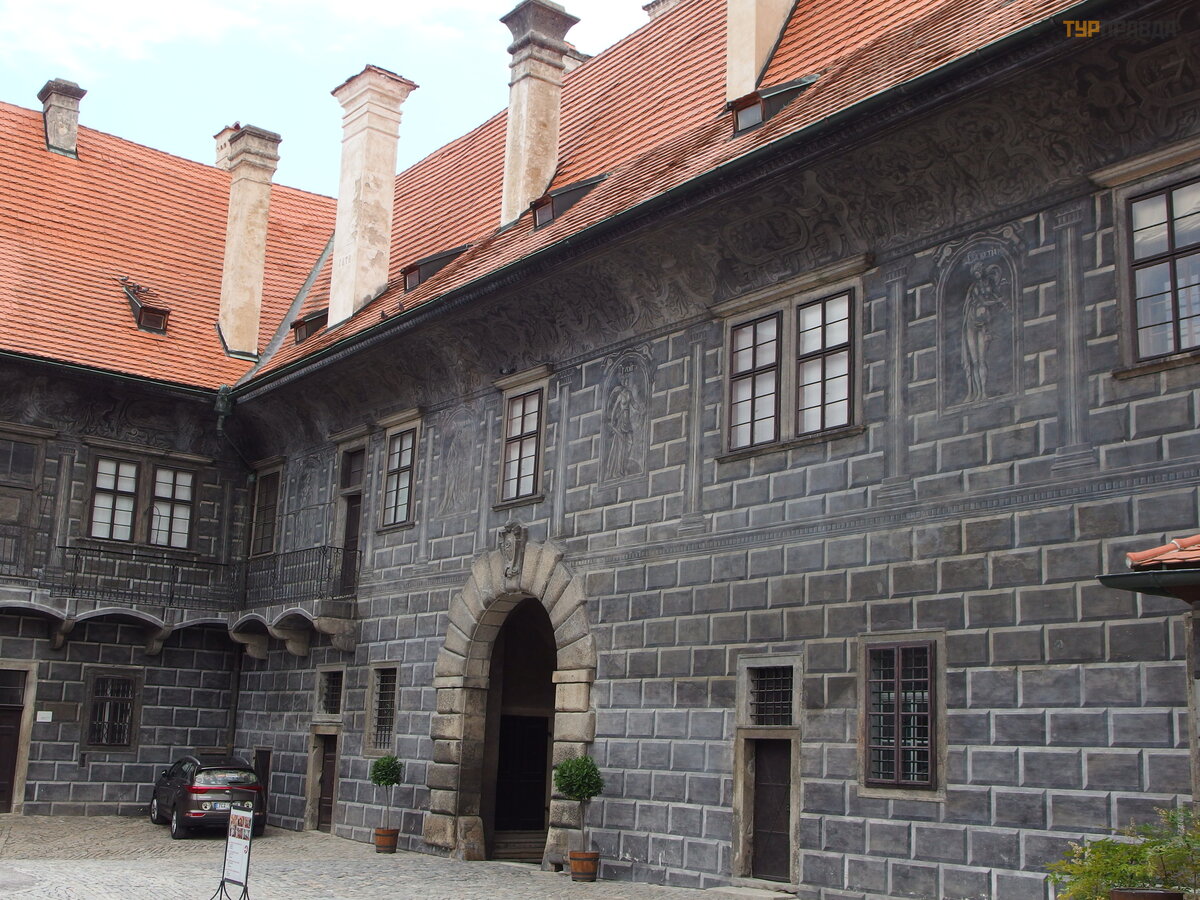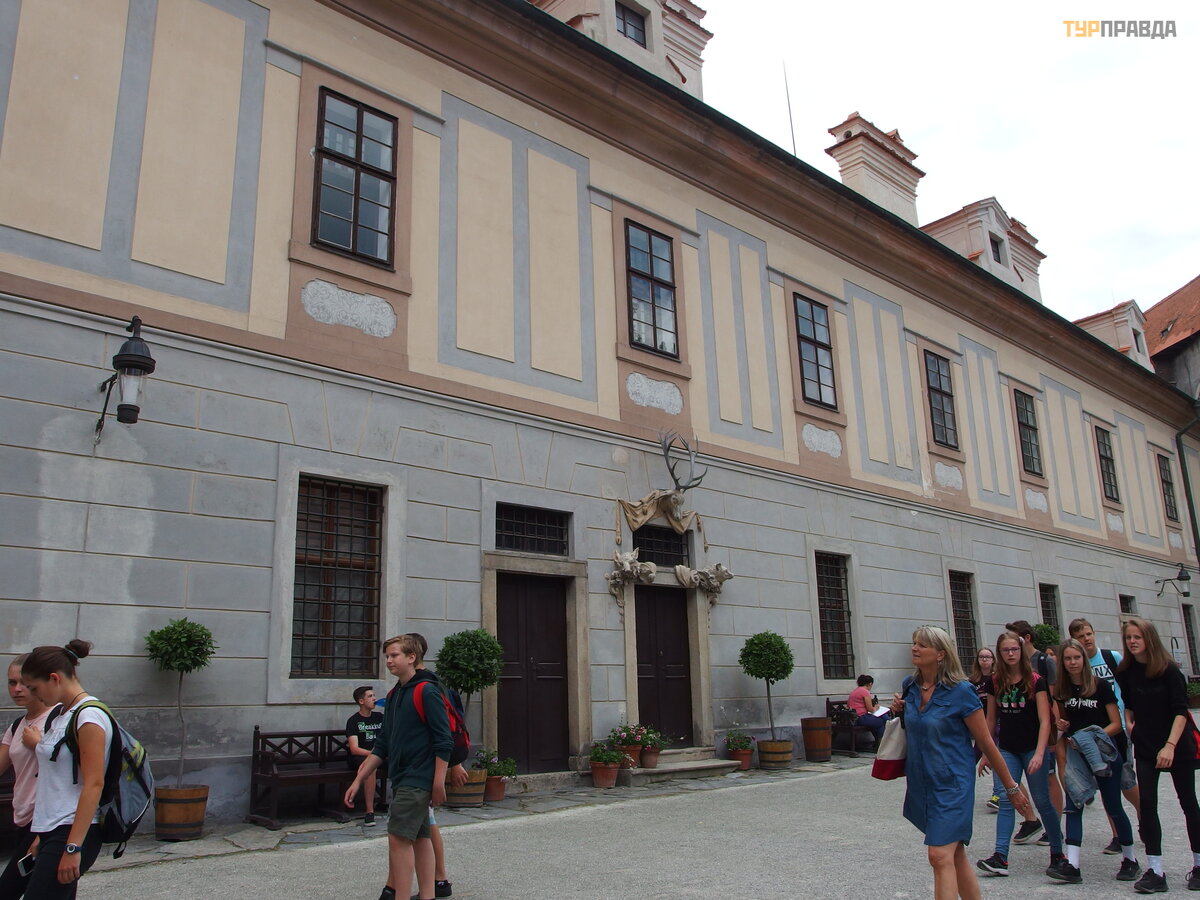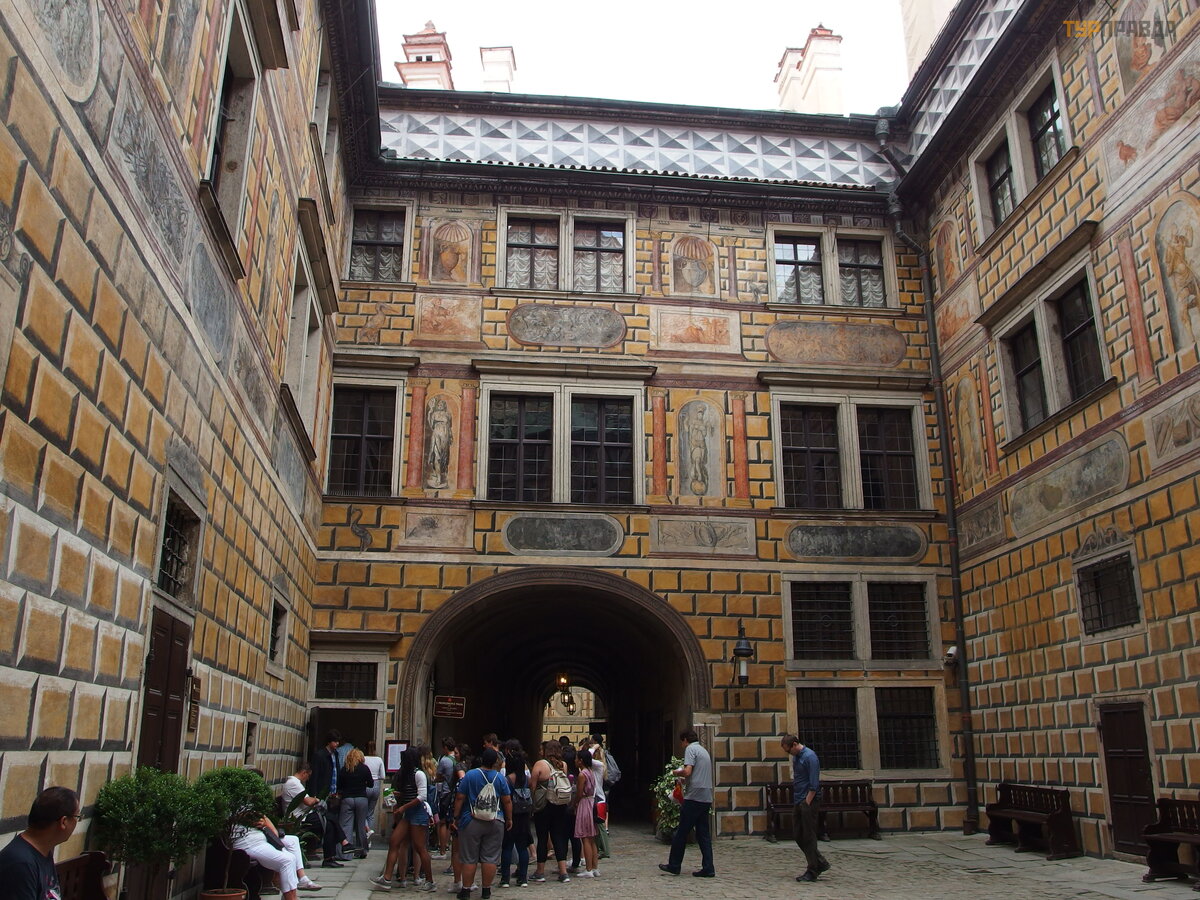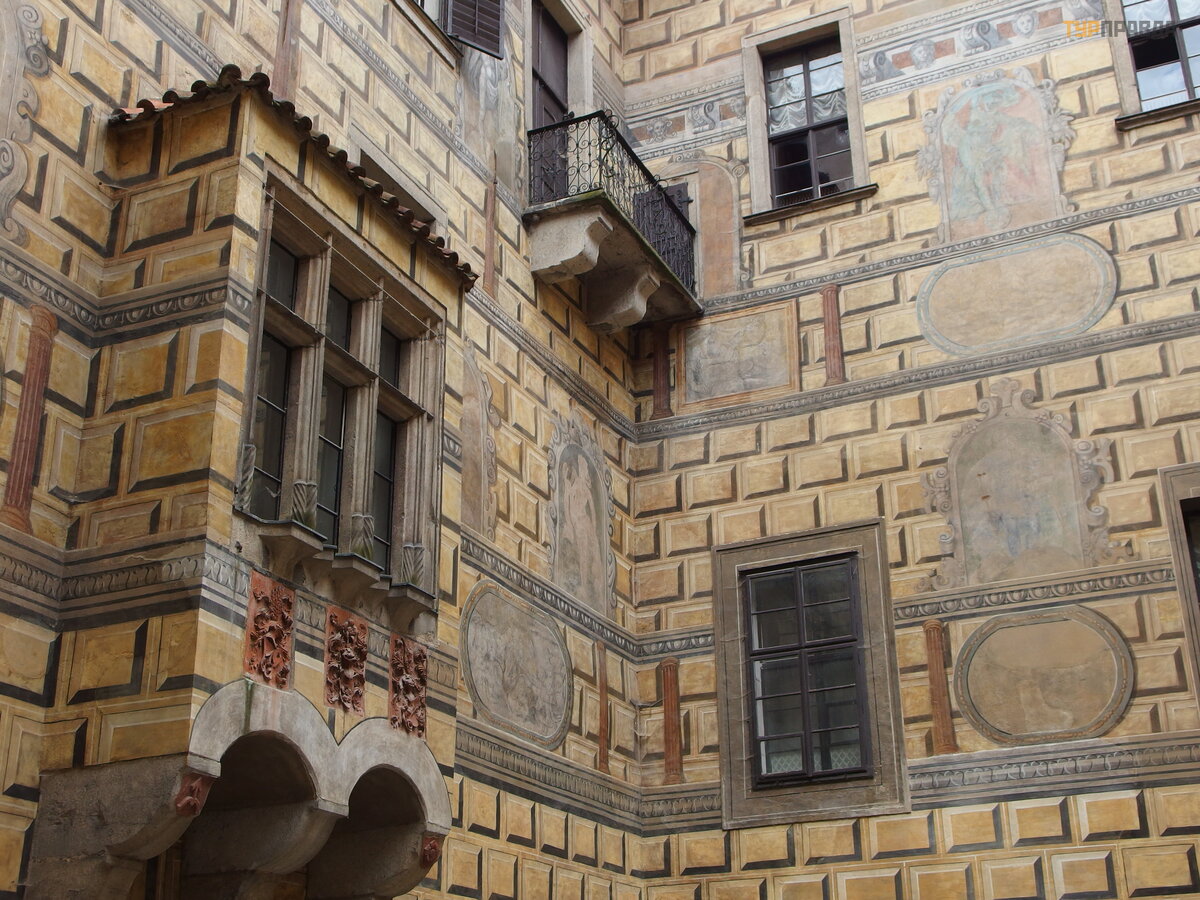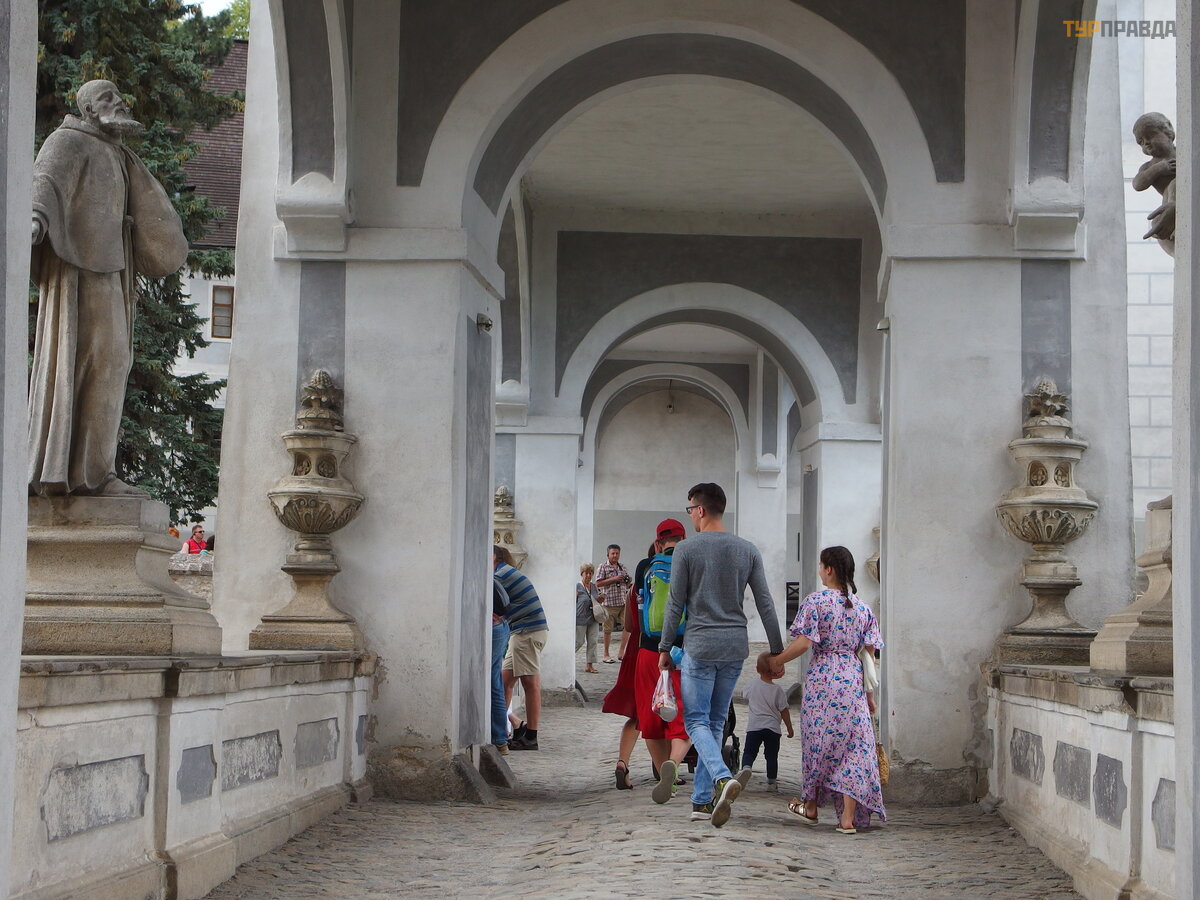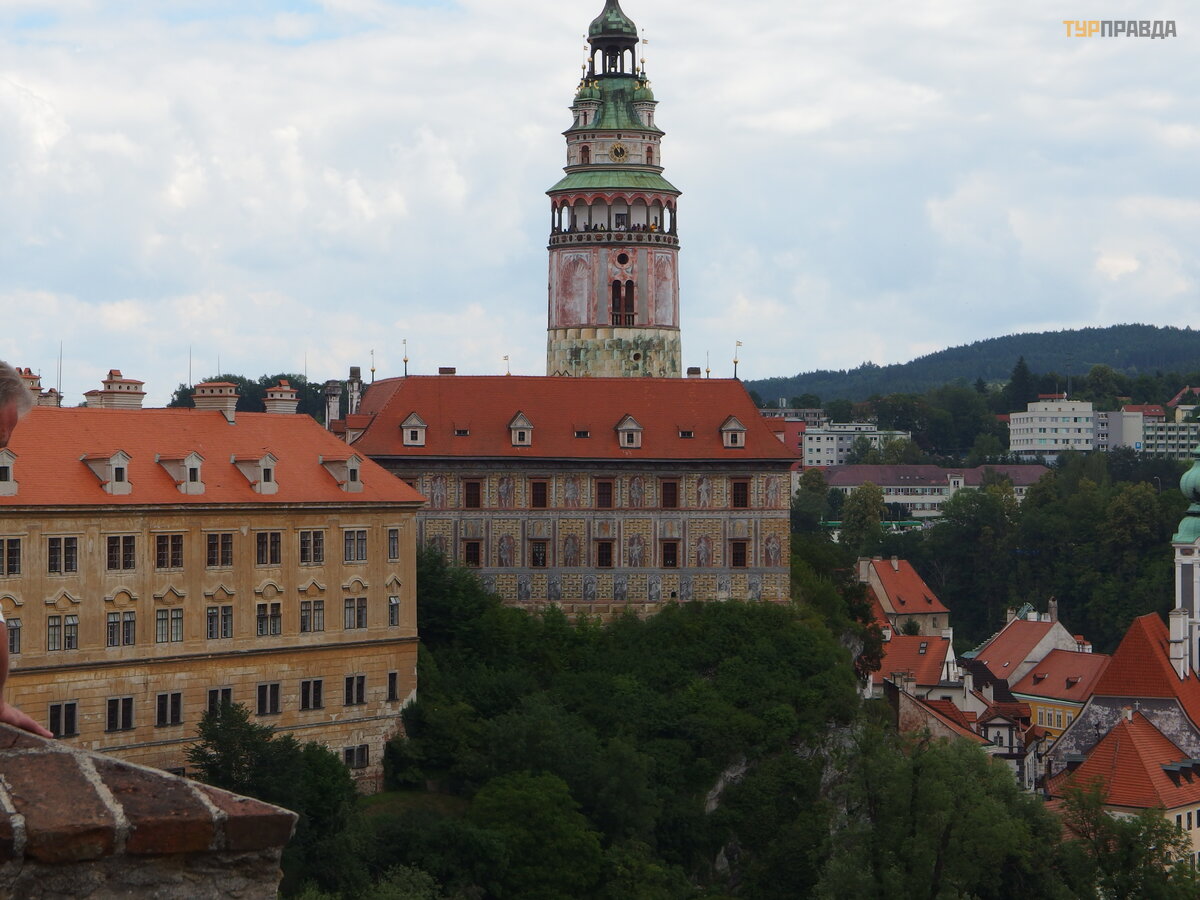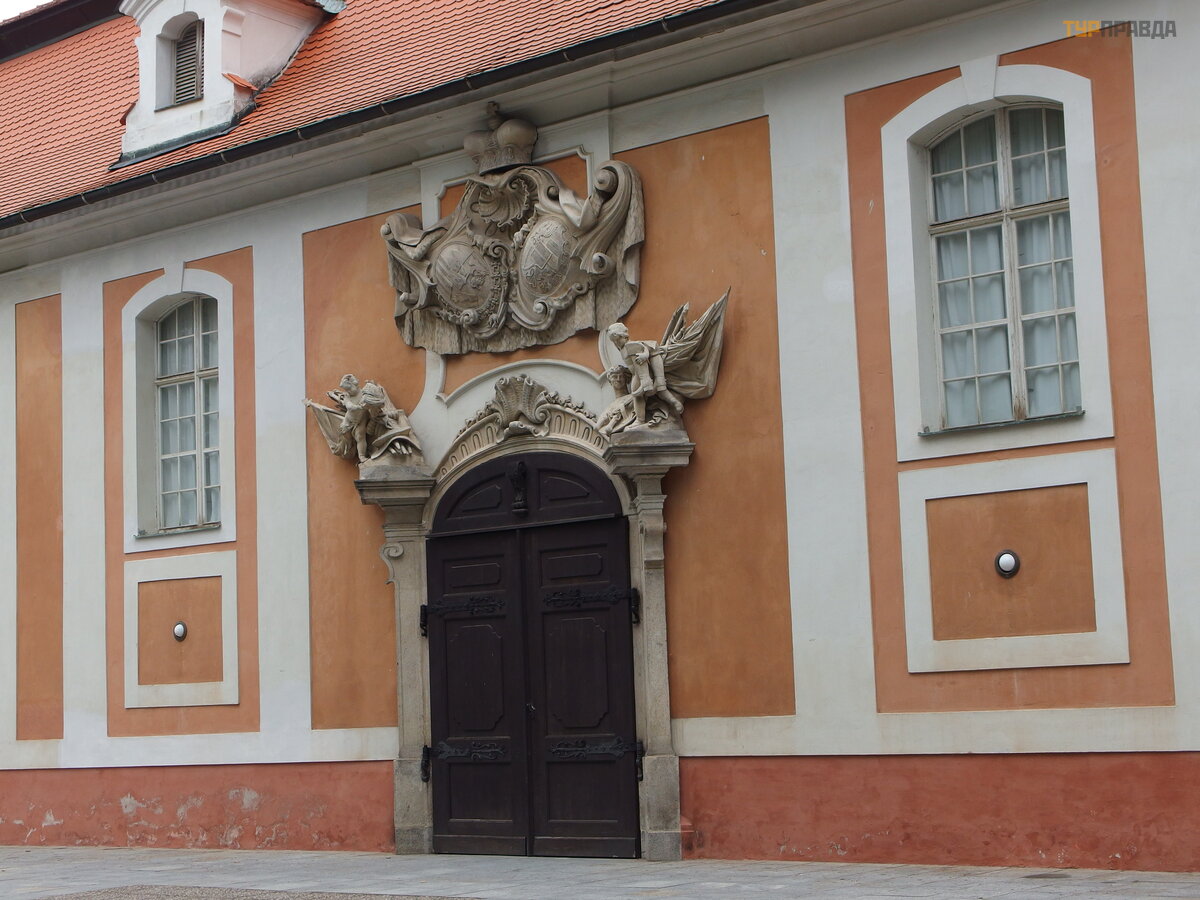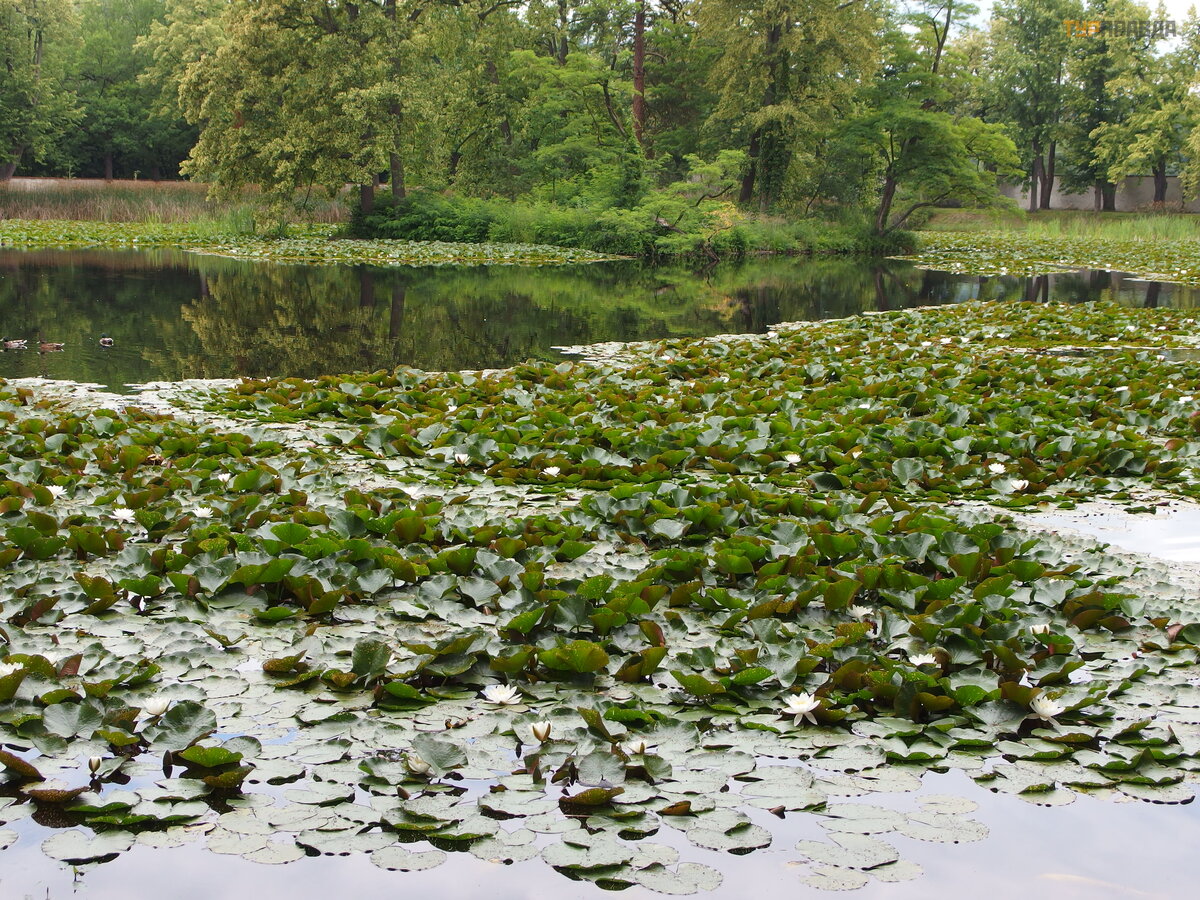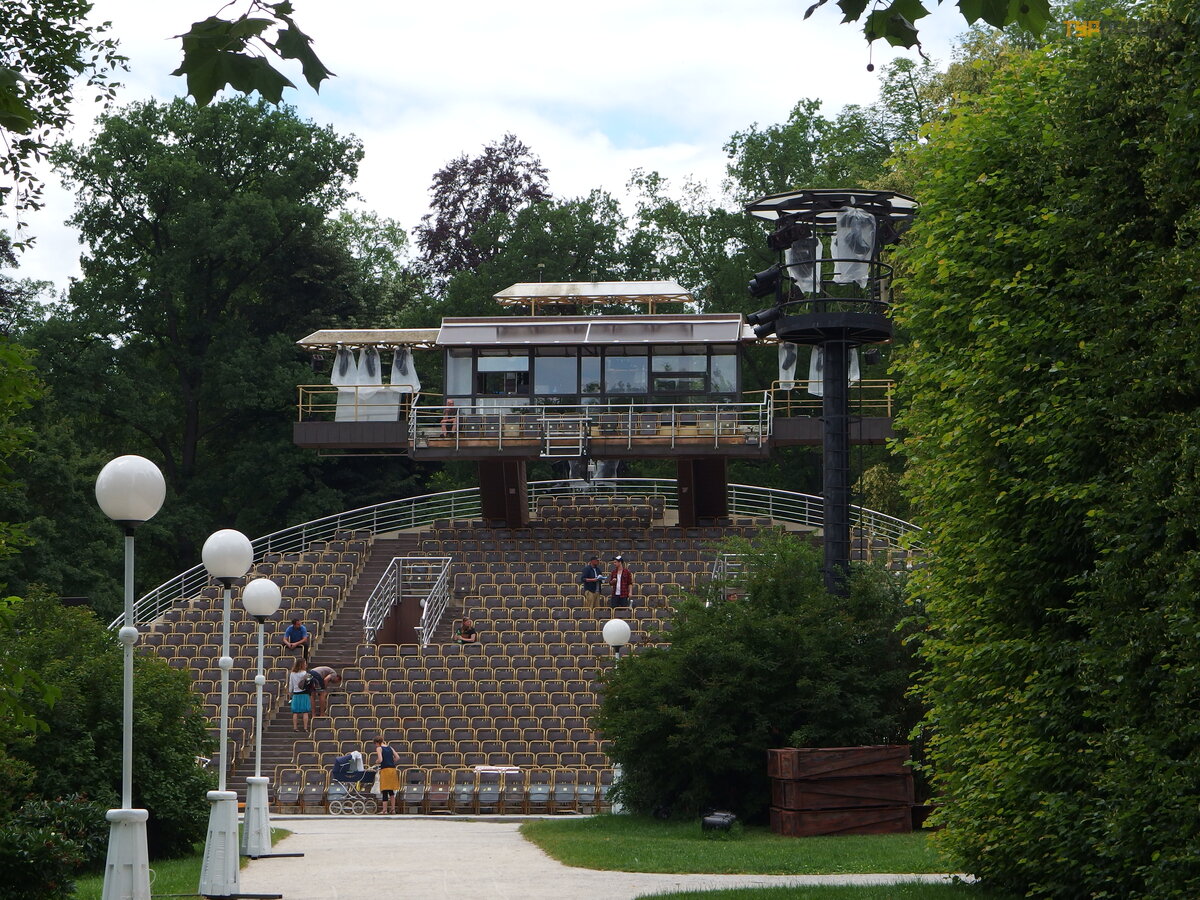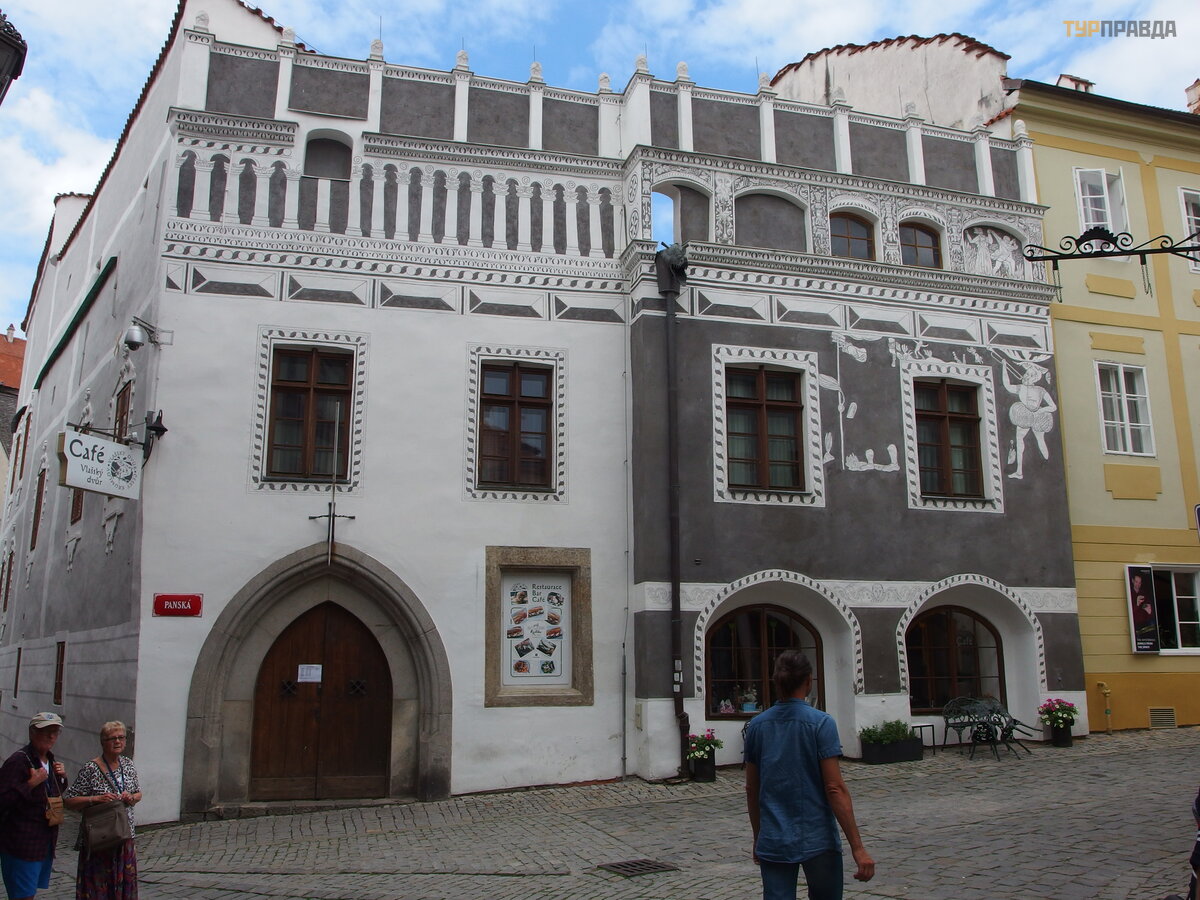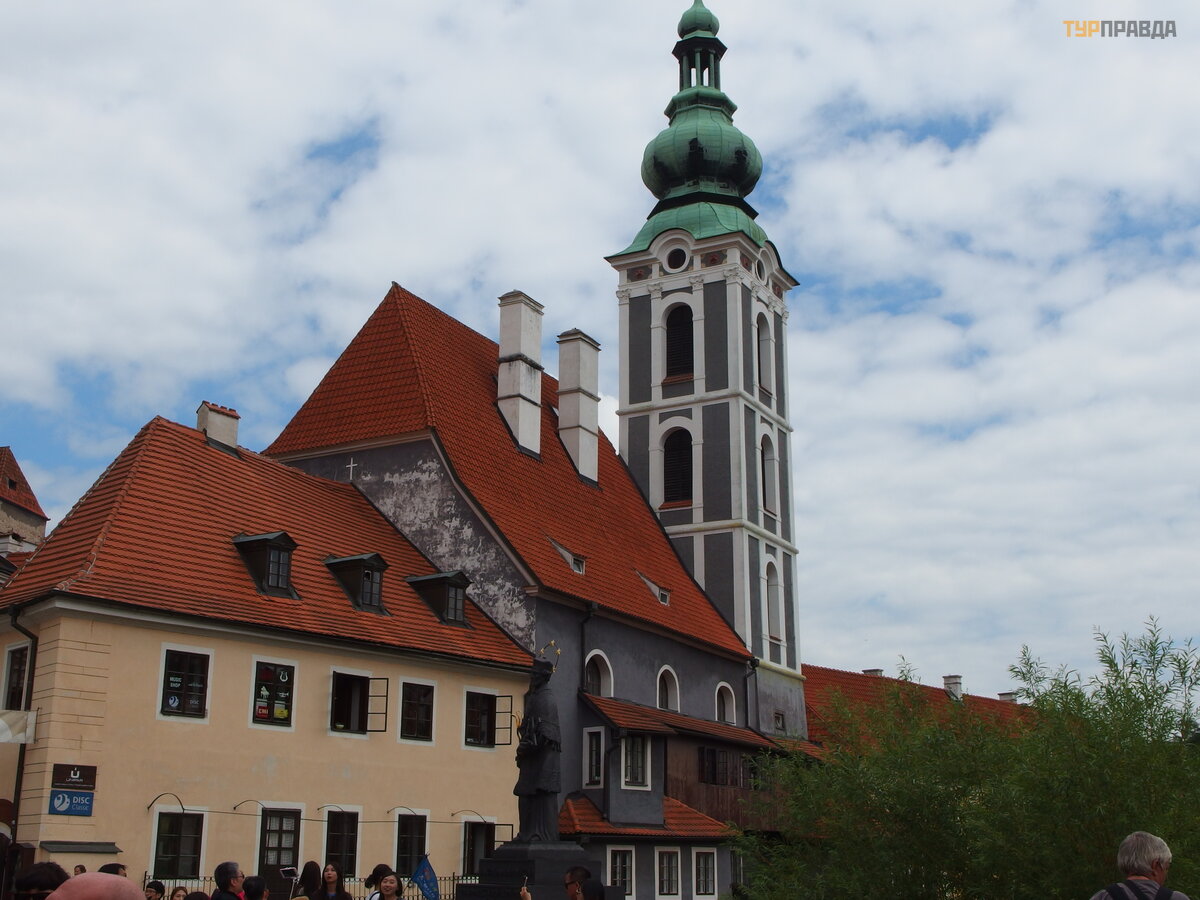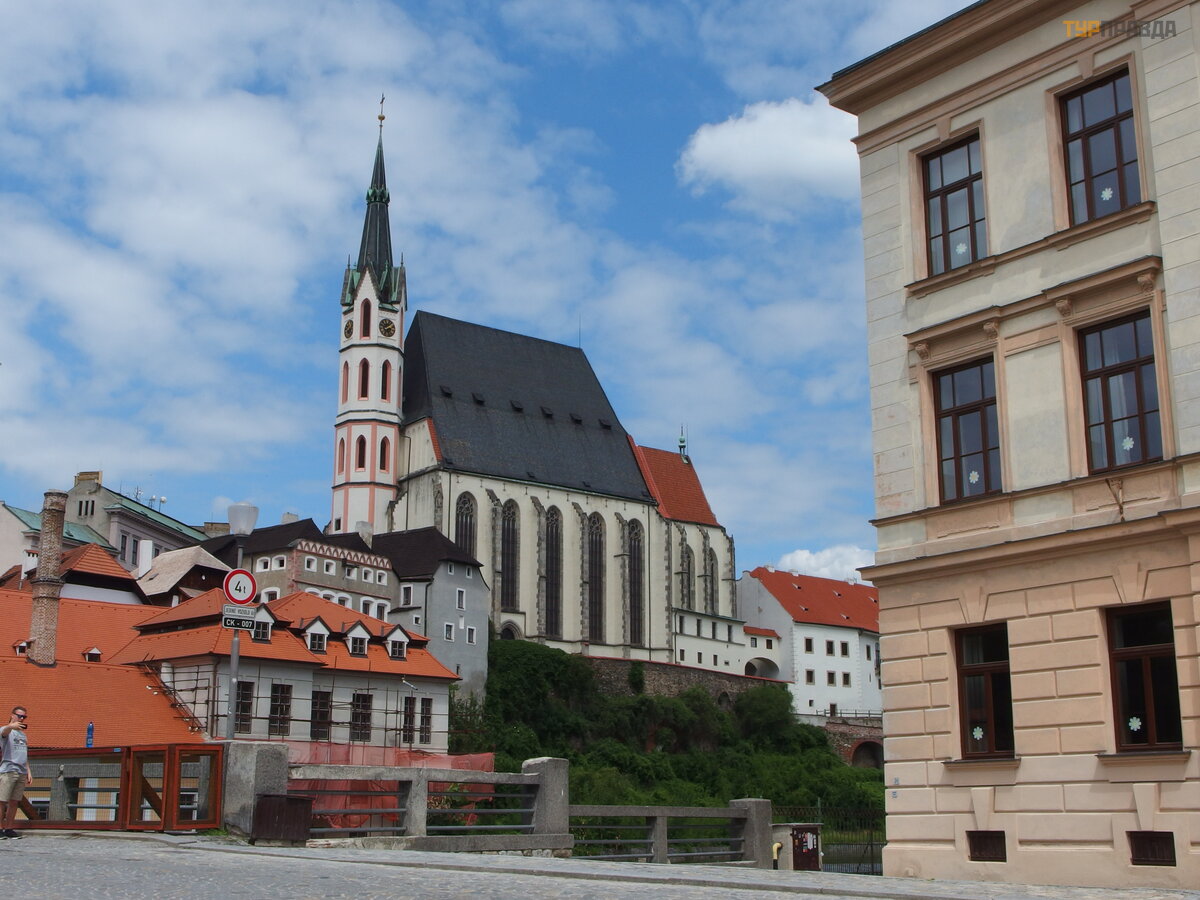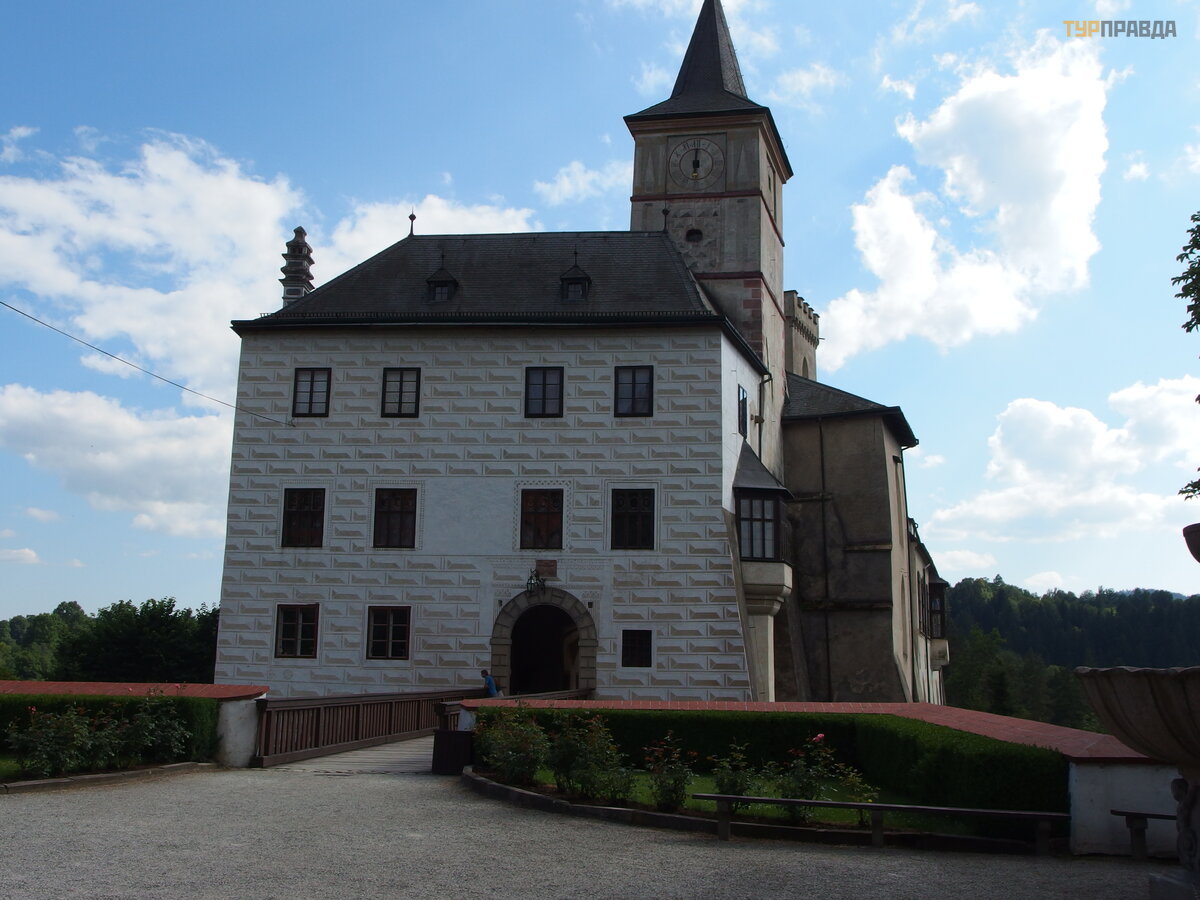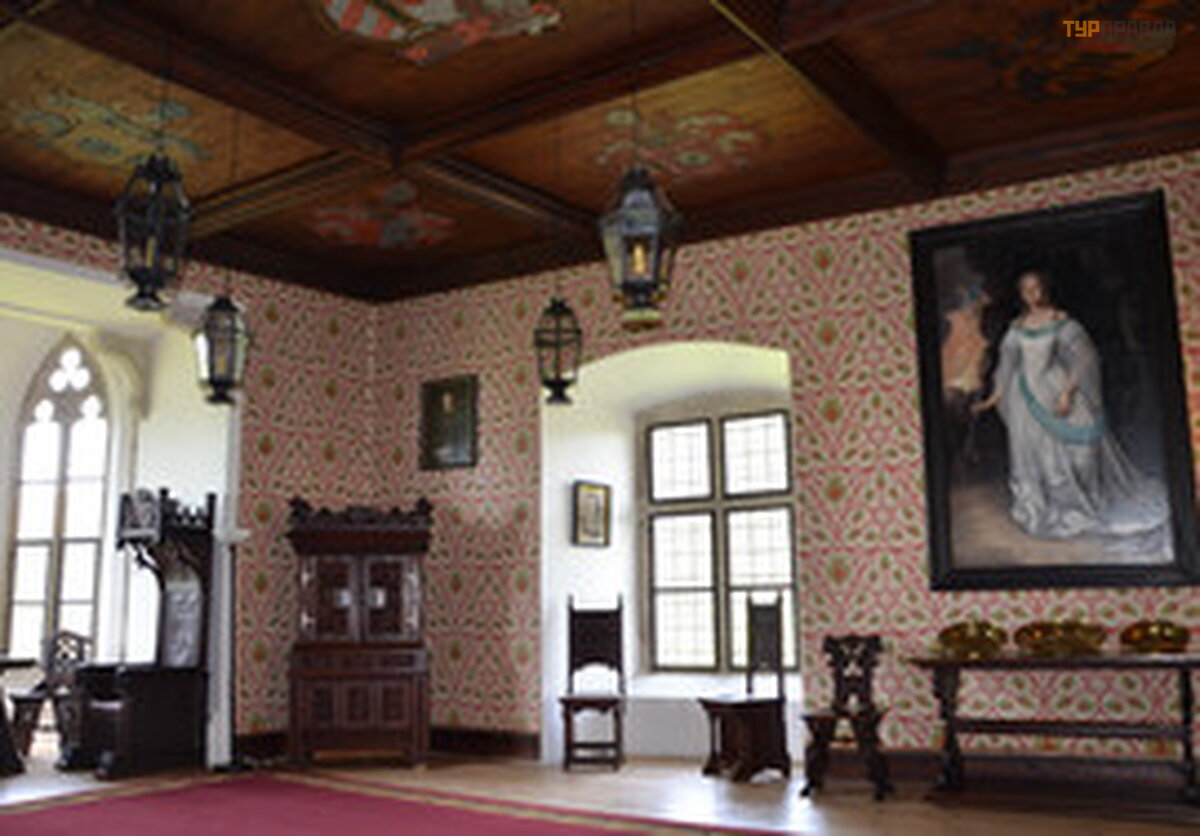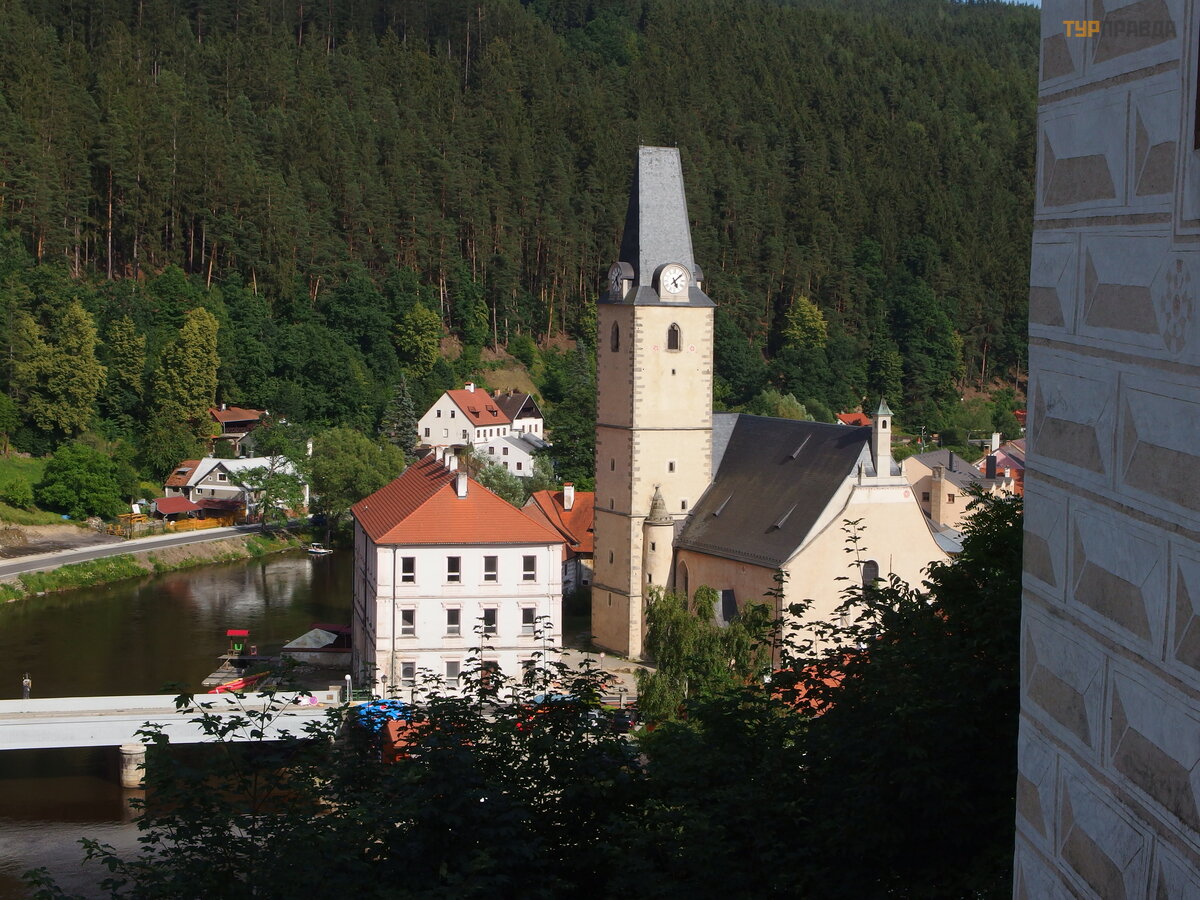Czech castles. A novel in five parts with a prologue and an epilogue.
Part 4. Cesky Krumlov and Rož mberk nad Vltavou
Prologue here https://www.turpravda.com/cz/blog-324562.html
Part 1 here http://https://www.turpravda.com/cz/blog -325037.html
Part 2 here https://www.turpravda.com/cz/blog-327067.html
Part 3 here https://www.turpravda.com/cz/blog-328102.html
On this day, we planned to see the city of Č eský Krumlov with its castle and a small but very mysterious castle Rož mberk nad Vltavou.
On the quaint bends of the Vltava lies a charming medieval town - Cesky Krumlov. It is only 25 km from Č eský Budě jovice. Low houses covered with red tiles, narrow streets suitable for riding a horse create the feeling that we have been transported 300-400 years back in time. And on top of this magnificence, the majestic castle - proudly rises on top of the cliff.
The name of the city comes from the ancient German "krumben Ouwe", which means "hilly, crooked meadow". And it was under the name "Chrumbonowe" that the city was first mentioned in historical chronicles.
Krumlov Castle is the second largest castle in the Czech Republic after Prague Castle. It is a whole complex of various buildings (more than 40) built in the period from the 14th to the 17th centuries. Palace buildings are concentrated around the five courtyards of the castle. And on the western side, the castle park adjoins the palace.
The construction of the city and the castle began in the 13th century. A Gothic fortress and a cylindrical tower were built (it was located on the site of the Small City and has not been completely preserved to this day). Initially, the city was owned by the feudal Vitkovič family from Krumlov, and then the related Vitkovič family from Rož mberk (Rozenberg). The Rosenbergs (in Czech - Rozmberki) owned Krumlov from 1302 for about 300 years. At that time, the Rož mberk family was second in nobility and wealth after the royal family of the Czech Republic. Convenient location on the bend of the river near the ford and good protection by impregnable rocks predetermined the successful development of the city as a center of trade and crafts. The city became the second most important in the Czech Republic. The red rose from the Rož mberk family coat of arms is still part of the city coat of arms of Č eský Krumlov.
In the 16th century, the impregnable Gothic castle was rebuilt into a Renaissance residence, and most of the houses in the city were rebuilt in the same style. Two Italian architects Antonio Ericera and Balthazar Maggi were involved in the reconstruction. The last owner of the castle from the Rozmberk family was forced to sell it to Emperor Rudolf II because of large debts. The emperor gave the castle to his approximate prince Eggenberg. The Eggenbergs were notable for the construction of an original baroque theater in Č eský Krumlov (1680-1682). The Eggenberg family died out, after which all its possessions and titles were inherited by the Schwarzenberg family. Josef Adam Schwarzenberg carried out a large-scale reconstruction, as a result of which the castle was rebuilt in the Viennese Baroque style. In 1947 the castle was nationalized.
The Red Gate. Connect the castle complex with the historical part of the city
Through them we enter the first castle courtyard. It was the economic part of the castle. Stables, a salt warehouse, a pharmacy, a glacier, a forge, a carriage house, a brewery were located in the knowledge surrounding the courtyard.
The 1st and 2nd castle courtyards are connected by a bridge over the moat. Bears have been bred in this moat since 1707. In the castle itself, these animals have been kept since the 16th century. By their presence, the Rož mberks tried to emphasize their kinship with the aristocratic family of Orsini (in Italian “orsa” - a bear) and show their superiority over the rest of the Czech nobility. They say that the author of the legend was Oldrich II from Rož mberk (read about him below).
After admiring the bears, we went to the 2nd courtyard of the castle. On the left is a staircase to the Small City and the Tower.
The symbol of Cesky Krumlov is the castle tower. The base of the tower is Gothic from the 13th century. It acquired a Renaissance look in 1581. The clock mechanism is dated 1919. The observation deck is decorated with an arcade with 19 columns. The tower has four bells. The largest weighing about 1800 kg (nobody weighed it, so they came up with it for tourists : ))) is dated 1406. A whole floor is allocated for it. The smaller ones hang at the top of the tower. Climbing the tower is free. The height of the tower is 54.5 (about 18 floors), climb to the observation deck 25m. I recommend it to lovers of beautiful views.
The building of the new burghry. Made in the technique of chiaroscuro, rare for the Czech Republic.
The building of the Mint. I don't know why they called it that, but coins were never minted here.
Just a fountain - without a name, but old as much as 1641. And behind it you can see Facade of the Oil Mill. Wow so much butter in the castle was loved : )))
Earlier, a swing bridge led to the Upper City. Later, the moat was filled up and both parts of the fortress were connected by a corridor.
Through it we get to the 3rd courtyard. The author of the frescoes was the Rozmberk court painter Gabriel de Blond.
The decoration of the 4th courtyard (belongs to an earlier period) and is no less beautiful than the 3rd, although the author of the frescoes is unknown.
The passage from the 4th courtyard leads us to the Cloak Bridge.
The Raincoat Bridge. The construction connected the Upper City with the 5th courtyard. We walked along the open part (in the photo where the sculptures are). Above are two covered corridors. The lower one connects the palace with the theatre. And the top one allowed you to go from the art gallery to the castle park.
I would like to add a few more words about the castle theater. In the 18th century, the castle's new owner, the Schwarzenberg family, reconstructed the stage with state-of-the-art technical details at the time. And no more modifications were made. The uniqueness of the castle theater lies not only in its venerable age, but also in the fact that it has survived intact to this day. Not only the building, the stage and the auditorium have been perfectly preserved, but also the scenery, costumes, technical equipment, 2400 volumes of various texts (scripts, librettos, scores, etc. ). /p>
There is an observation deck on the 5th courtyard, the views of the city and the Vltava are magnificent.
Mobile dam and spillway for rafts.
Like many Czech castles, Krumlov has its ghosts. And there is a legend about their appearance.
Once upon a time, a young count lived in a medieval castle, distinguished by an extremely unbridled temper and stopping at nothing to satisfy his vicious desires. They say that he liked the young daughter of the local merchant Market. And since this count was the absolute ruler of the surrounding lands, in the evening they brought an unfortunate girl to him. It is not known what happened between them, whether the count took possession of the girl or whether she managed to defend herself, but only in the morning they found her on sheer cliffs. The girl was on the verge of life and death, but she was released. And after a while, having learned about this, the count again wished to see her in his chambers. The girl, trembling with fear, was brought into the count's bedroom and the oak door was closed behind her. The next morning, the count did not appear for breakfast. And when the alarmed servants broke down the oak doors, a terrifying picture appeared to their eyes - all the walls of the bedroom were spattered with blood, the count's body was torn to pieces, and the lifeless girl was lying on the bed... They say that the ghosts of the count and the unfortunate girl still roam the corridors this castle.
This legend has a real basis. Since 1605, the illegitimate son of Emperor Rudolph II, Don Julius, lived in Krumlov Castle. He did not have a calm disposition, probably suffered from schizophrenia. Once, in a fit of jealousy, he stabbed his beloved, the daughter of a barber, and thinking that she was dead, he threw her out of the window of the castle. The girl survived. Don Julius, under the threat that he would hang her father, forced the girl to return to the castle and brutally killed her. This tragic event happened in 1608. From that moment on, the son of the emperor was under arrest in the castle until his death. This is such a sad story.
From the 5th courtyard we turned right to the large building of the Winter Manege and went into the castle park.
Winter Arena
Neptune Fountain.
The road from the fountain leads to the castle lake.
Another attraction of the park is the revolving auditorium.
After walking around the park, we went down to the city and crossed the Lezebnick Bridge Inner City. Each street and house here has its own story worthy of a separate story.
The tower of the former church of St. Josht.
St. Vitus Church
We liked Krumlov so much that when we looked at the clock, we gasped. It's almost half past four, and the locks work until five. The drive to Rož mberk nad Vltavou was not far, as it were, 25 km, but at the entrance to the castle (there was nothing left to get there), a sign was being built to repair the road, a dead end, and a detour. We went to the detour. We drive, we drive, and again there are signs that there is a dead end and the road is being repaired. We spat on everything, and decided we were going until we hit this very dead end, and then we'll figure out what to do. As it turned out, the city center was dug up, and it was possible not to pay much attention to the signs, only time was lost. We parked at the foot of the cliff, and still climb to the castle, something like on floor 10. We look, and in fifteen minutes the gates will be closed, and we won’t even get into the courtyard. "It's a shame... Yes . . " How we blew up, who would have seen : ))) Phew, we had time... And a tour of the inner chambers will remain in the plans for the next visit : ))
Rož mberk nad Vltavou
The castle was built on an important trade route from Bohemia to the Upper Danube lands of Austria. And the first written evidence dates back to 1250 during the reign of the Czech king Wenceslas I. This was the first residence of the Rož mberk family. Initially, the complex consisted of two castles - Lower and Upper. Of the buildings of the Upper Castle, the Jacobinka Tower has survived to this day in its original form. The Gothic Lower Castle was rebuilt in the 15th century in the Renaissance style, and later in the 19th century, the then fashionable English Neo-Gothic style was added.
Despite all the impregnability, during the Thirty Years' War, the castle was captured by the Austrian general Buka. He liked the castle very much, and he begged it for himself from the emperor as a reward. Rod Bukoy owned the castle until 1945, and then it was nationalized.
The most notable trace in the history of the castle was left by Jiri Jan Jindrich Bukoy (1814-1883), a passionate collector of art and historical values. Under him, a reconstruction was carried out in the neo-Gothic style, which we see today. He amassed impressive collections of paintings, weapons, furniture, porcelain, glass and turned the Czech Rož mberk castle into the first museum in Bohemia. The castle's collection of paintings includes paintings by Czech and European painters of the late Renaissance and Baroque eras. The collection contains the most mystical portrait of Perkhta Rož mberk - the White Lady. Many legends are associated with the mysterious White Lady. Perhaps the ghost of the White Lady is the most famous (with the largest number of witnesses to her appearance) in the Czech Republic, and is said to live exactly in Rož mberk nad Vltavou.
Legend of the White Lady.
Perchta's father was Oldř ich II of Rož mberk, a fruit, if you read his biography. Ambitious and brutal. Trying to increase his material condition as much as possible and expand his ancestral possessions, he did not hesitate to resort to outright violence and fraud, he did not hesitate to forge royal letters and seals (33 of them have survived to this day). Let me return to the legend. The main assistant of Oldrich was a monk who compiled all the documents for his master and thereby helped him to capture more and more new lands and values. But then one day the baron decided to seize another tasty morsel in an unrighteous way - an allotment of land. But relatives of the monk lived on this land, and he refused to draw up documents. For this, Rozhmberk executed the monk. Dying, he cursed the baron himself and all his descendants. And he had a daughter - Perkhta, completely obedient to his will, whom he tried to marry as profitably as possible. Finally, a suitable match was found in the person of Count Liechtenstein. They played a wedding, the young people left for the groom's palace. But the greedy baron refused to give out the promised dowry. Without hesitation, the young husband sent his wife back to her father. So the unfortunate Perkhta lived all her life in her father's castle Rož mberk, cursing her ill-fated fate. And already in old age, after many years, her husband, who had rejected her, came to her to ask for forgiveness, but Perkhta refused him. And then Count Liechtenstein once again cursed the Rozhmberk family. Apparently, these curses had some power, because Perkhta remained to live in this Czech castle, now in the form of the ghost of the White Lady, named after the color of her dress. You can see her quite often. It is said that the sleeves of the White Lady's dress have the ability to change color - if the sleeves are white, then the one who saw the ghost will be married. Red sleeves - a fire will happen, but if black sleeves - wait for big trouble. And on the portrait there is an inscription made with the help of a mysterious font, with the comment: "Read what is written here and you will become the owner of fabulous wealth. " Many have tried to unravel the mystery of the inscription, but so far to no avail.
We didn't get to see the White Lady : ))). But to stroke the trunk (and peace, love and prosperity will come to your house : ) the statue of a bronze elephant - it turned out.
In September 2013, a project was launched to restore the Jacobinka Tower (in the photo it is all in the forests). The project is interesting because completely authentic medieval technologies that have come down to us in handwritten texts were used to restore the tower. A copy of a medieval crane was made based on drawings by Leonardo da Vinci. And scaffolding from local wood is handmade. The project should be completed in 2019 and the tower will become available to tourists.
For myself, I concluded that in order to fully enjoy the beautiful Krumlov and go on excursions in the castle, you need at least two days and another half a day to add to Rož mberk nad Vltavou. That's how they restore Yakobinka, and we'll come again : )))
Continued here https://www.turpravda.com/cz/blog-331747.html






